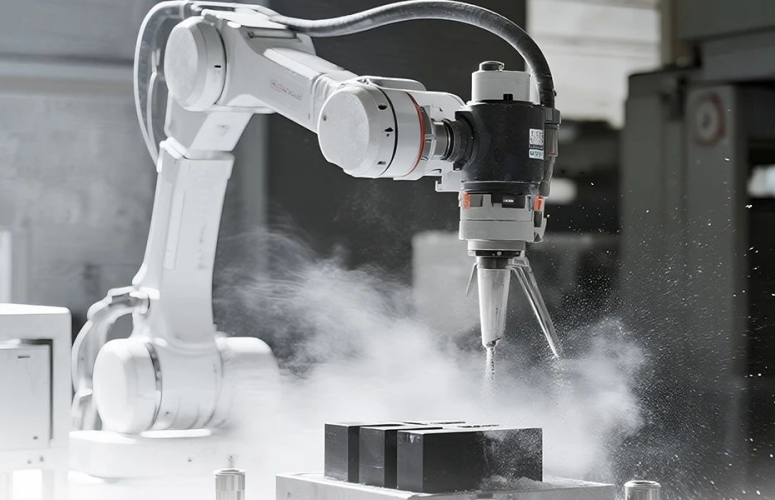In the field of industrial manufacturing, shot peening and abrasive blasting are two distinct surface treatment technologies that, despite superficial similarities in name, demonstrate fundamental differences in process characteristics and application scenarios. Understanding these differences is crucial for selecting the appropriate surface treatment solution.
1. Fundamental Differences in Process Media
Shot Peening
Utilizes spherical media such as stainless steel shots, glass beads, or conditioned cut wire pellets. These spherical particles provide uniform impact distribution across the substrate surface, ensuring consistent treatment results while minimizing potential damage to the base material through controlled kinetic energy transfer.
Abrasive Blasting
Employs angular abrasives including aluminum oxide, silicon carbide, or crushed garnet. The sharp-edged particles function through micro-machining and cutting actions, delivering aggressive surface abrasion capabilities suitable for various preparation requirements.
2. Distinct Mechanism of Action
Shot Peening Mechanism
Operates through high-velocity impingement of spherical media, inducing plastic deformation in the substrate's surface layer. This process generates beneficial compressive residual stresses that enhance fatigue performance and stress corrosion cracking resistance. The aerospace industry frequently employs this method for critical component life extension.
Abrasive Blasting Mechanism
Relies on the cutting action of sharp-edged abrasives to achieve surface preparation through mechanical abrasion. This process effectively removes surface contaminants and creates anchor patterns essential for coating adhesion in corrosion protection systems for structural steel applications.
3. Application Specificity
Shot Peening Applications
Preferred for components requiring enhanced surface integrity:
-
Automotive engine critical components (crankshafts, transmission gears)
-
Precision tooling surface enhancement
-
Medical device finishing applications
-
Aerospace structural element life extension treatments
Abrasive Blasting Applications
Primarily utilized for surface preparation and cleaning:
-
Structural steel surface preparation for corrosion protection
-
Post-weld cleaning and surface treatment
-
Stone surface texturing and finishing
-
Electronic enclosure surface matte finishing
4. Resulting Surface Characteristics
Shot Peened Surface Properties
Produces uniform bright surface finish with relatively low surface roughness (Ra). The process induces work hardening effects that significantly improve surface hardness and wear resistance. This treatment is particularly suitable for components requiring smooth surfaces with enhanced fatigue performance.
Abraded Surface Properties
Creates uniform matte surface texture with controlled surface profile. The resulting surface topography provides optimal adhesion base for subsequent coating processes, though additional finishing may be required for applications demanding superior smoothness.
Understanding the technical distinctions between shot peening and abrasive blasting enables manufacturers to select the most appropriate surface treatment process based on specific product requirements. Early consideration of surface treatment specifications during product design phase facilitates optimal process selection, ensuring both quality assurance and cost-effectiveness in manufacturing operations.

